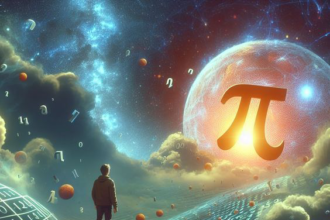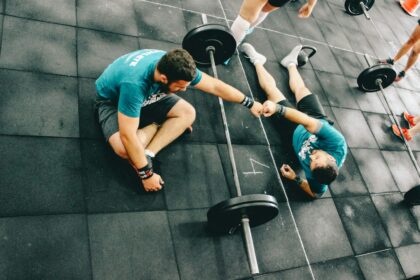Hormones are molecules that regulate the activity of various cell types or organs, and they are essential to the functioning of the complete male reproductive system. Hormones of two different kinds influence sexual traits and function.
Androgens: Men and persons AMAB have significantly higher levels of this particular collection of sex hormones. Testosterone is the most prevalent androgen. In addition to aiding in the production of sperm, it is in charge of the development of masculine traits such as bone mass, fat distribution, muscle mass, facial hair growth, voice changes, and sex drive.
Oestrogens: Those who are assigned as female at birth or who are women have substantially higher levels of these hormones. They are in charge of the development of female growth and reproduction. Oestrogen is also present in men, although less so. Reduced interest in sex and increased belly fat might result from low oestrogen in males or AMAB individuals. Poor erections, enlarged breasts, and infertility may result from high oestrogen levels.
The two main hormones in the male reproductive system, follicle-stimulating hormone and luteinizing hormone, are in addition to testosterone.
The formation of sperm (spermatogenesis) requires folicle-stimulating hormone, while the production of testosterone—which is also required for sperm production—is stimulated by luteinizing hormone. Your pituitary gland, a pea-sized gland at the base of your brain, is the source of both of these hormones.












